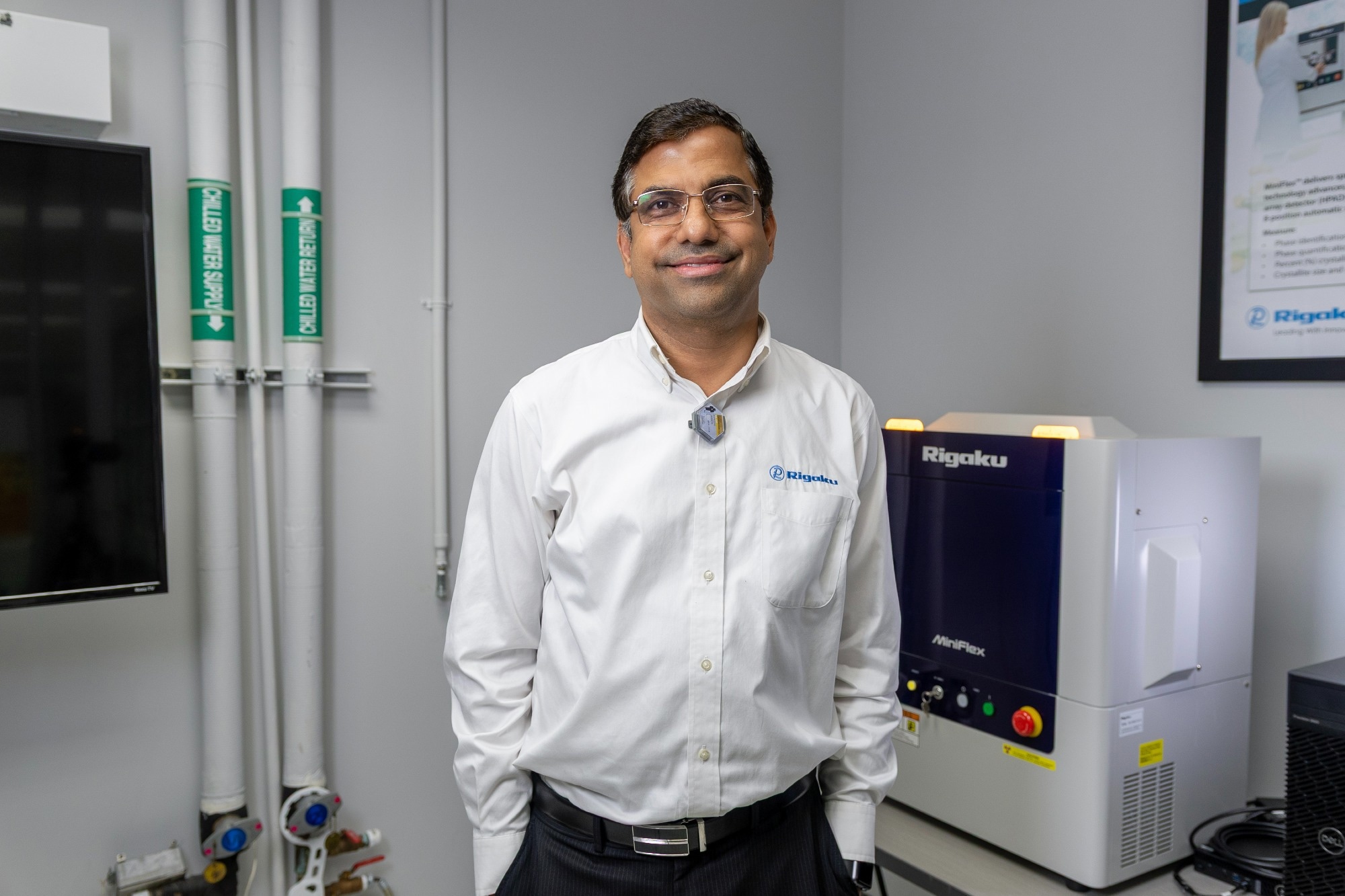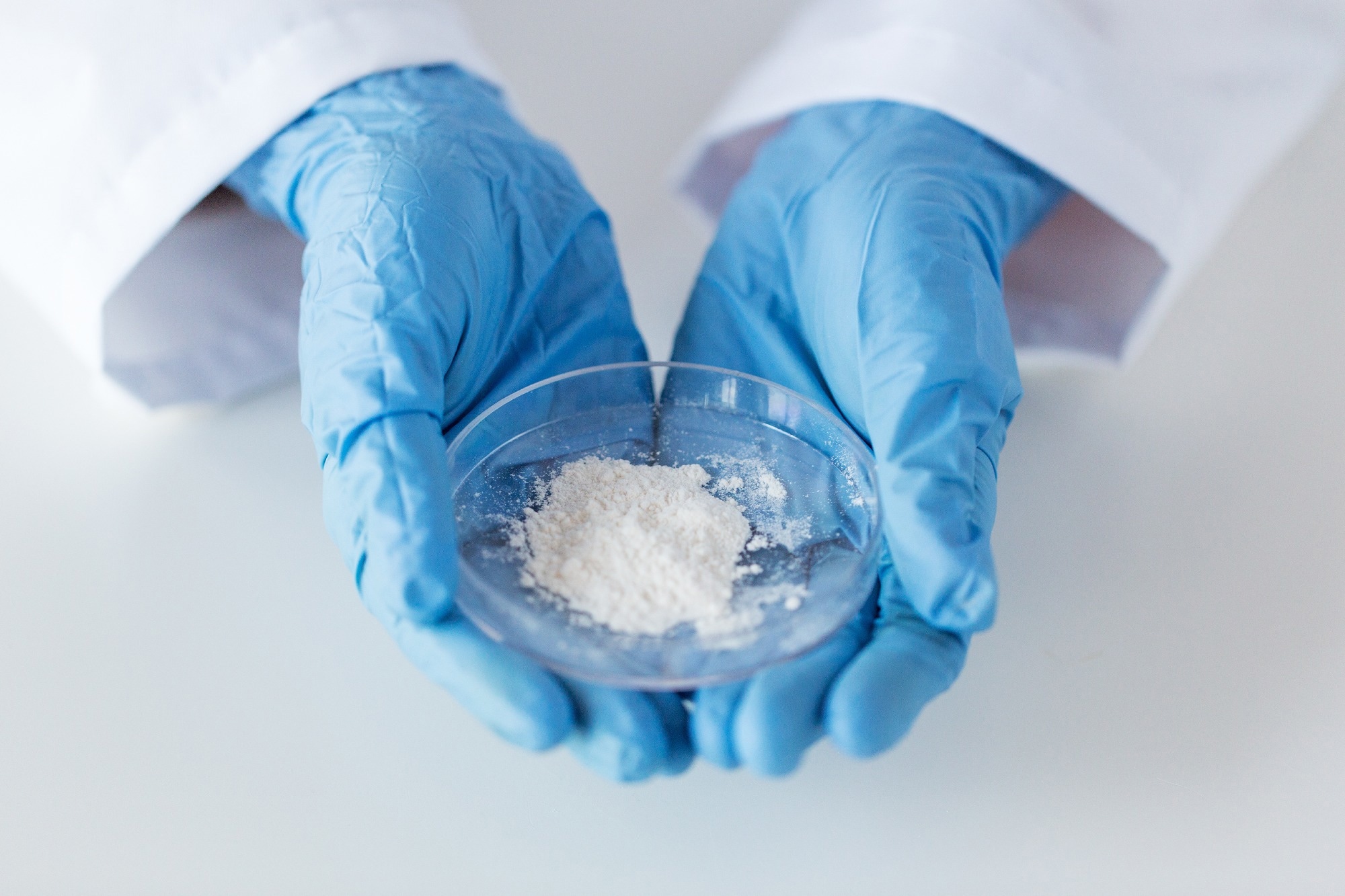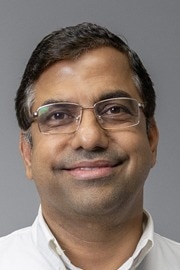Dr. Akhilesh Tripathi has spent over two decades teaching X-ray diffraction (XRD) and training users of Rigaku's MiniFlex benchtop XRD system. In this conversation, he shares how benchtop XRD technology has evolved and where it's headed.
How has benchtop XRD technology evolved since Rigaku introduced the MiniFlex in 1973?
It’s been a tremendous journey. The first MiniFlex systems were basic, low-power instruments. Today’s benchtop systems, like the latest MiniFlex, use 600W sources, compared to 450W of the original models, providing stronger signals, thus higher sensitivity or faster data collection.
Detectors have even more dramatically improved. We've moved from traditional 0D scintillation counters to 1D silicon strip detectors, and now pixel array 2D detectors. The 2D detectors can operate in all 0D, 1D, and 2D modes. Today's modern detector can collect data 50 to 100 times faster compared to the traditional 0D detector. What used to take hours or days, like phase identification or quantification, now takes minutes.
Software has also come a long way. Automation, such as sample changers and auto-alignment, has made the instruments easier to use, even for non-experts. The net result is that XRD has become more accessible to non-experts, students, and smaller labs.
What are the differences between benchtop and floor-model XRD systems?
The main difference lies in power, size, and flexibility. Floor models still have an edge for advanced applications like residual stress, rocking curves, and thin film analysis due to their higher X-ray power, higher resolution, and configurable optics and sample stages.
However, for routine powder diffraction, modern benchtop systems provide comparable data quality, or sometimes even higher X-ray counts due to a shorter distance between the X-ray source and the detector. The higher X-ray counts translate to better signal-to-noise ratio, increased detection limit, or faster data collection.
What types of analyses can benchtop XRD systems perform?
Benchtop systems can perform phase identification, quantitative analysis, crystallinity, crystallite size, and unit cell determination. You can even run Rietveld refinement and detect trace phases below 1 %, depending on the sample. You can also obtain XRD patterns from a small amount of sample, even less than 0.1 mg. For many routine powder XRD applications, even in high-throughput labs, a benchtop is more than sufficient.

Image Credit: Rigaku Corporation
In which industries are benchtop XRDs commonly used?
They're widely used across industries, from pharmaceuticals (for polymorph and excipient analysis), cement and construction (to optimize clinker composition and support green cement initiatives), to mining and geology (general phase identification and quantification), battery research, academia, forensics, and environmental science. Their compact size makes them ideal for gloveboxes, dry rooms, or even mobile labs.
Can you give an example of a uniquely “benchtop-only” application?
Yes—field deployment. In situations where samples can't be brought to a lab, benchtop systems can be packed up and brought to the site. Another example is the need to isolate the environment, either because samples are sensitive to air or humidity, or they might be toxic. We’ve seen customers use MiniFlex units in trucks, gloveboxes, or radioactive material labs. You can’t easily do that with a floor-standing model.
How do benchtop XRDs support pharmaceutical analysis, especially for polymorphs?
XRD is ideal for polymorph detection as it’s sensitive to changes in crystal structure. Even small differences in molecular arrangement show up as distinct diffraction patterns. Quantification can be done using Rietveld or calibration curve methods. Software advancements now support the detection of minor phases, even below 1 %, and newer tools like cluster analysis and the Direct Derivation method (structureless whole pattern fitting quantification method) are helping users explore complex datasets.
Have benchtop systems made progress in operando battery research?
Yes. The MiniFlex, for example, now supports operando experiments using coin cell holders. You can monitor phase changes during charging and discharging, much like with a floor model. It’s amazing how much performance you can pack into a benchtop unit now.
How are benchtop XRDs used in academic settings?
MiniFlex is widely used in universities because it’s compact and easy to operate. Also, because of its small size, students often feel that the system is safe to use and less intimidating. Students can learn the fundamentals of diffraction without dealing with complex instrument configurations. That’s key to building the next generation of diffraction scientists.
I’ve personally taught with the MiniFlex at many schools and seen how it boosts understanding and confidence in using the technique for their research moving forward.

Image Credit: Peopleimages.com - Ground Picture/Shutterstock.com
What are the key challenges in designing benchtop systems like the MiniFlex?
The biggest challenge is balancing compact size with high performance. You need precise goniometers, stable mechanics, and excellent heat management in a small footprint. And all this has to come at a lower cost than floor models.
Engineers also need to ensure safety, data reproducibility, and long-term reliability. Designing high-performance benchtop systems is no easy task. As a long-time user, I have great respect for the engineers who continually refine and improve these instruments.
How does Rigaku ensure accuracy and reproducibility in its benchtop systems?
It starts with mechanical design. Rigaku’s engineering team builds rigid, high-precision hardware. Peak positions are consistent and correctable with internal standards. Auto-calibration features and advanced optics also help ensure reliable, repeatable data, which is critical for scientific research and quality control alike.
How has software development improved usability for non-expert users?
Today’s software supports automation, AI-based phase identification, and customizable templates for repetitive tasks. For example, in cement or mineral analysis, users can set up templates that turn complex analysis into a few clicks. Auto-alignment and internal calibration features eliminate the need for manual intervention.
It is a night and day difference compared to the time when we had to consult printed reference books—such as the Hanawalt method, a manual indexing system based on strongest peaks—to identify crystalline phases by matching diffraction patterns.
With increasing emphasis on sustainability, have there been any developments in making benchtop XRDs more energy-efficient or environmentally friendly?
Yes. Benchtop systems use lower power (typically 600 W), reducing energy consumption compared to kilowatt-scale floor models. High-speed detectors shorten measurement times, and smart software features like automatic sleep modes further reduce energy use. It's not just compact—it's efficient.
About the Speaker

Dr. Akhilesh Tripathi is the XRD Application Manager at Rigaku Americas, where he leads the application of X-ray diffraction techniques in pharmaceutical research and materials science. With over 30 years of experience in materials characterization, including 20 years at Rigaku, he specializes in areas such as Rietveld analysis, small-angle X-ray scattering, and thin-film characterization. With a Ph.D. in Chemistry and Materials Science from Stony Brook University and having completed postdoctoral research at Texas A&M University, Dr. Tripathi has authored more than 28 peer-reviewed publications and is recognized for his expertise in XRD training and scientific outreach.

This information has been sourced, reviewed and adapted from materials provided by Rigaku Corporation.
For more information on this source, please visit Rigaku Corporation.
Disclaimer: The views expressed here are those of the interviewee and do not necessarily represent the views of AZoM.com Limited (T/A) AZoNetwork, the owner and operator of this website. This disclaimer forms part of the Terms and Conditions of use of this website.